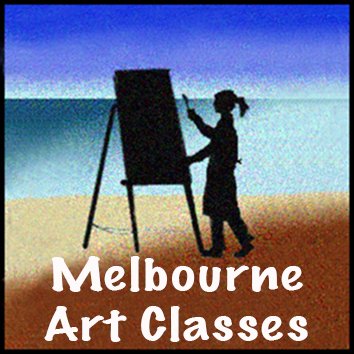…….and what does colour influence?
COLOUR has associations of feelings (albeit that culturally these vary)
eg.Red: Anger, Passion, power, love etc Green: Freshness, re-birth,
life, growth Blue: Tranquility, sadness, serenity, truth, loyalty, wisdom
Yellow: Sunshine, happiness, energy etc Violet: royalty, luxury, romance
Black: elegance, death, mystery and so on
Using a colour wheel as a habit gives the artist the ability to plan colour relationships knowingly.(to enhance a mood or make a statement). Even if the effect is subliminal on your viewers, it is a skill that can make a nice image into a great art work.
Why did Picasso choose blue in his famous Blue period?
A pigment colour can be assessed by it’s :
Hue - where it sits around the wheel
Value - how light or dark it is
Saturation (confused with Intensity and Chroma),
Temperature - cool and warm are relative terms
Most of us learned early in school that violet, blue and green are cool colours and that yellow, orange and red are warm colours. (this debate continues for some). After many decades of experience, we find that relativity is a concept that abounds here. (there are some warm blues and there are also some cool reds, relative to their neighbours.)
CHROMATICITY - This is commonly known as "colourfulness". Chroma is the amount of identifiable hue in a colour.
A colour without a hue is achromatic or monochromatic and will appear grey. Highly chromatic colours contain the maximum hue with few impurities or additives such as white, grey or black.
**Colourfulness is the “attribute of a visual perception according to which the perceived colour of an area appears to be more or less chromatic”
** Saturation is the “colourfulness of an area judged in proportion to its brightness”
** Chroma is the “colourfulness of an area judged as a proportion of the brightness of a similarly illuminated area that appears white or highly transmitting”
Definitions from Munsell.com
Because of the confusion with these various definitions, I have always used the following when teaching painting students about colour. The outside ring of the wheel shows the most saturated hues of paint (which can be tinted to be a lighter value). As we progress across the middle of the wheel, adding the complimentary partner to gradually de-saturate this hue, some neutral versions appear and eventually a rich grey(which can also be tinted. This is separate from the value of the hue which is determined by 1. its natural mass tone value 2. how much white is added (or how much water it is diluted in for watercolours). I use intensity as a relative term for hues that are naturally (relatively) vibrant in their mass tone state.
THESE 3 THINGS AFFECT COLOUR GREATLY
LIGHT- when the light fades so does intensity (time of day, climate,
position of viewer). At dusk or sunset, there may be brightness near the
sun but all other colours will appear very relatively neutral.
DISTANCE- Colours nearest appear brighter and warmer. Objects further
away appear cooler. To push or recede an object, you can lighten, cool it
AND/OR neutralize it and decrease its value contrast. Learning to do this
in the practical painting modules will give you a lot of confidence when
planning your own colour compositions.
SURROUNDING COLOURS – COLOUR IS RELATIVE (Optically, a colour
will cast its complimentary eg. A stroke of what appears to be a neutral grey
on your palette then painted onto a stretch of cool blue will appear warmer,
as the blue casts it’s complement (orange) onto the stroke of paint. Artists
use complimentary combinations to add drama (blue makes orange appear
more orangissimo!!)
The best way to feel this is by painting varying background colours, mixing the one rich grey colour and seeing how different it looks on each colour background.
SOME COLOUR SCHEMES TO UNDERSTAND AND PRACTICE
(plan to experiment with some of these until you discover your natural leanings with colour harmonisation.) Remember that tints, neutrals, and rich greys of a hue are all harmonising in the same way when used in a harmonious relationship.
MONOCHROMATIC –One colour in various values (often appears moody)
SPLIT COMPLIMENTARY –One colour + the two on each side of it’s compliment
COMPLIMENTARY – Opposites on the wheel
ANALOGOUS : 3-4 harmonious or adjacent colours
ANALOGOUS + COMPLIMENT
These harmonious examples of SCHEMES can be discovered and
learned later on
TRIAD- three hues related by an equilateral triangle
TETRAD- a square relationship (2 colours between on each side)
DOUBLE SPIT COMPLIMENTARY- Two on either side of each complimentary
What influences colour?
Go through these sections one by one , using the image links in this Colour Master Index
















